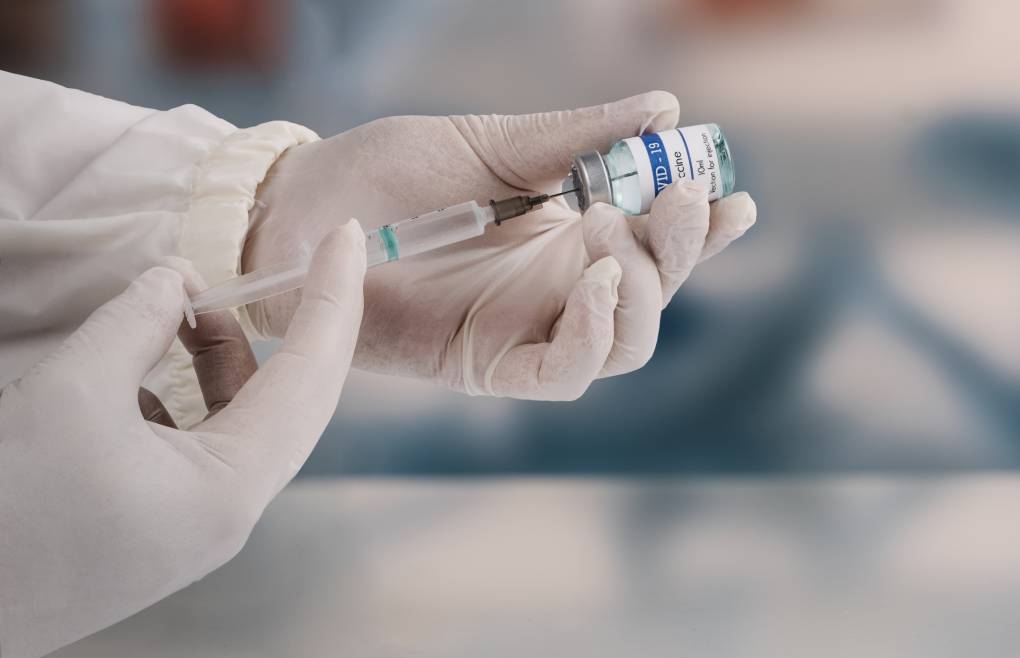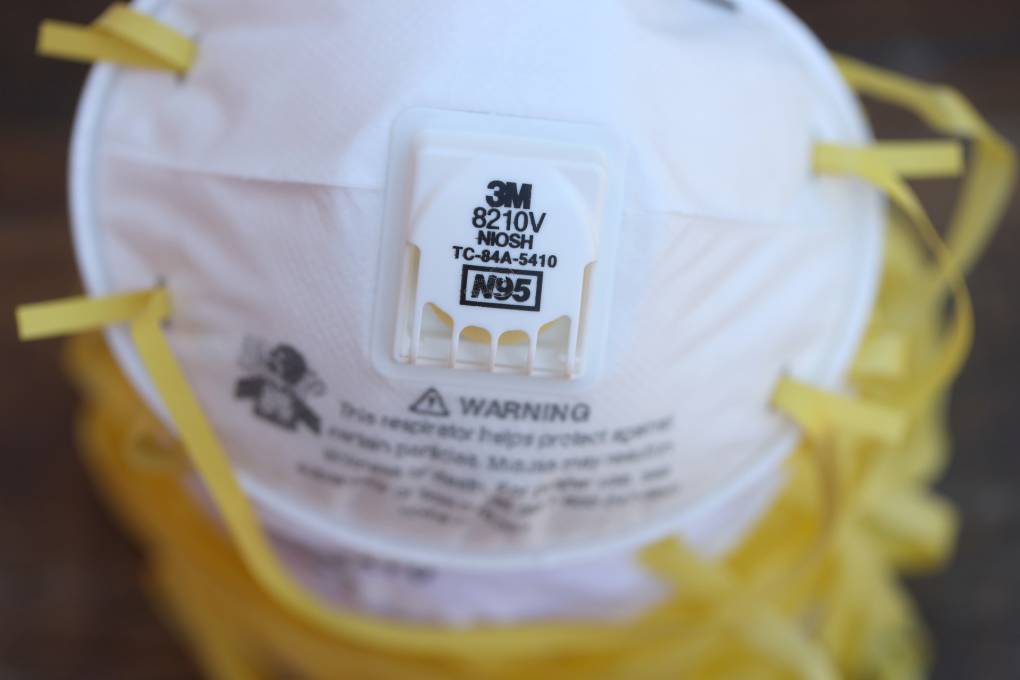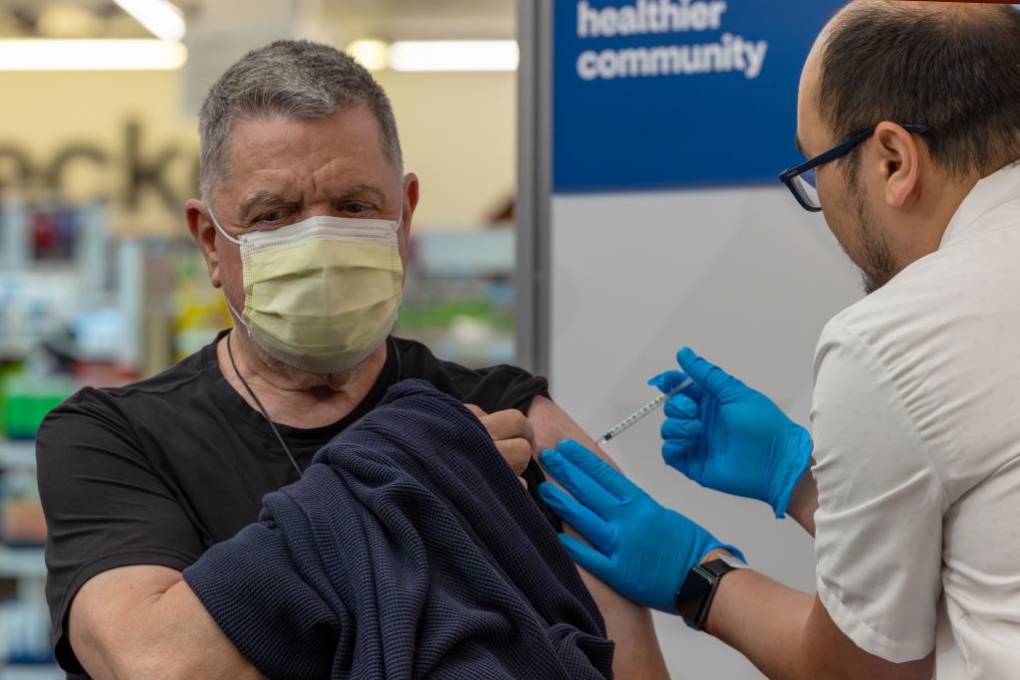Newsom is promising to dramatically increase the level of coronavirus testing, with a focus on rural towns and communities of color. California currently tests about 25,000 people a day but has a strategy to raise that to 60,000 to 80,000 per day.
The state has opened the first of 86 pop-up testing sites targeted for areas in need. It is launching a program to train 10,000 workers to serve as temporary disease investigators who can do the contact tracing considered fundamental in stemming the spread of the virus.
Pace said he wrote the governor to ask for one of the pop-up sites. “Statewide, there’s a situation where there’s not enough testing, and if you’re trying to demonstrate progress, the way you do that is numbers,” he said. “We are interested in equity, though, and in my view, we need some horizontal coverage instead of just lots of numbers.”
In Mendocino County, situated along California’s rugged North Coast, officials expressed similar frustration. In late April, a health center on the Round Valley Indian Reservation got a rapid test machine made by Abbott Laboratories, distributed via the Indian Health Service. That same day, a tribal member came in feeling sick. That person tested positive for COVID-19, as did five family members. The county previously had identified just five cases, all linked to travel.
Dr. Noemi Doohan, the Mendocino County public health officer, fears a broader outbreak among the six tribes who live on the reservation. The state since has provided 2,000 test kits for people who live or work around the reservation. Doohan’s office will have to hire couriers to drive 2½ hours to a public lab in nearby Sonoma County, which also has limited supplies, to get the tests processed.
It’s every lab — and county — for itself
A mix of commercial and public labs are responsible for testing in California, and supply chain limitations have plagued them all. But those with deeper pockets and stronger commercial relationships have been out-competing counties and public labs with limited resources.
Rural Tulare County, spanning the peaks and foothills of the Sierra Nevada, is home to half a million people. It also has one of the highest per capita death counts of COVID-19 in California. Until recently, the local public lab was the only place in the county that could test for the disease. After borrowing staff from another county, buying additional machines, and suspending testing for most other diseases, they are now able to process 85 tests a day. Officials also can send specimens to commercial labs in other parts of the state, but say days-long turnarounds create bottlenecks for tracking patients and finding contacts.
Monterey County, in the heart of the state’s “salad bowl” coastal farming region, has relied on donations — and horse-trading — to meet demand. A local hospital found the expensive materials needed to make a missing reagent and mixed a batch for the public lab, said lab director Donna Ferguson. The hospital also gave the county 1,000 swabs, which Ferguson used to barter with Riverside County for extraction kits.
And through the kindness of strangers, she found a stopgap for limits on another important resource: lab workers.
During an interview with a local public radio station in March, Ferguson mused that if one of the three microbiologists working in her lab got sick, it could be disastrous for the county’s ability to process tests. The next day, she got a call from a graduate student at Stanford’s nearby Hopkins Marine Station. He’d heard the interview. Could he and his colleagues help? The crew of six graduate students from three universities has been volunteering at the lab since, tripling its capacity to 120 tests a day.
Though the supply chain is a concern for labs of all sizes, manufacturers appear to be prioritizing orders from commercial labs and big health systems over public health labs, said Eric Blanks, chief program officer for the Association of Public Health Laboratories, which represents most of the labs run by public health departments in the nation.
Quest Diagnostics, the medical testing giant headquartered in New Jersey, is running 350,000 coronavirus tests a week in its facilities around the nation. But it is being inundated with samples from across the country, and even as it has worked to ease backlogs, counties and private hospitals are waiting days for results.
Kaiser Permanente says it can test 2,000 to 2,500 people throughout the state each week. Sutter Health, a major provider in Northern California, tests around 650 people each day across its hospitals. CommonSpirit Health, which includes Dignity Health hospitals, says it could process 50,000 samples a week if it had to. As of last week, Stanford had run more than 20,000 tests for Bay Area residents.
But even the giants don’t have unlimited supplies. “It really is the manufacturing lines. They’re the ones that right now are the limiting factor,” said Karen Smith, system vice president of laboratory services at CommonSpirit Health.
Moreover, hospitals are not set up to solve the broader issue of statewide disparities in access. They can generally handle the patients sick enough to seek out their ERs. But it hasn’t historically been their role to arrange community-wide supplies and testing.
“You’re not going to go to an emergency room if you’re asymptomatic. That’s the last place in the world you want to be right now,” said Dr. Omid Bakhtar, medical director for outreach laboratory services at Sharp HealthCare in San Diego. “It’s frustrating for me. I have the ability to do more [specimens], but how do I get them?”
Tests but no takers
In pockets around the state, some counties have been able to stabilize their flow of supplies, in some cases because they have more financial means, in others because of their relationships with major hospital systems and research institutions.
With more confidence in their supply chains, Los Angeles and Riverside counties say they are ready to offer testing to any resident. Several other counties, including much of the Bay Area, are asking more people — including workers deemed essential who don’t have COVID-19 symptoms — to get tested.
But some counties that have managed to ramp up testing are wrestling with yet another problem: not enough people to test. The reasons are twofold. After weeks of being told they shouldn’t go for testing because of shortages, the public seems to be adhering to that message even now that more testing is available. And the public health workforce tasked with locating those in need of testing is depleted.
San Francisco can test 4,300 people each day in its publicly supported labs but was receiving just 500 samples a day as of late April. Los Angeles is testing roughly 10,000 people daily but says it needs to double that to lift the shelter-in-place orders. Its focus in coming weeks is to increase testing among the uninsured and those in at-risk living environments such as homeless encampments and skilled nursing facilities.
Health officials say part of the challenge is they aren’t getting the word out to poorer residents and communities of color, even as those same groups are being hit harder by the virus in many cities. In San Francisco, for example, Latino residents make up 16% of the population but 25% of COVID-19 cases. In Los Angeles, black people are 9% of the county’s population but represent 15% of the deaths from COVID-19 for which race and ethnicity data is available.
Kocher, of the state testing task force, acknowledged the state has more work to do. But, he argued, there’s also a sufficient amount of testing capability available today, especially via high-capacity commercial labs where the state says the vast majority of specimens should be processed.
“Right now, we’re concerned with not having enough samples collected,” he said.
When officials do slowly begin to let people return to work and school, experts agree that cases will go up, creating even more need for labs, testing and contact tracers. Preparing for that future will require even more resources.
“We need money,” said Santa Barbara County Health Officer Dr. Henning Ansorg. “Lots of money. Lots and lots of it.”



